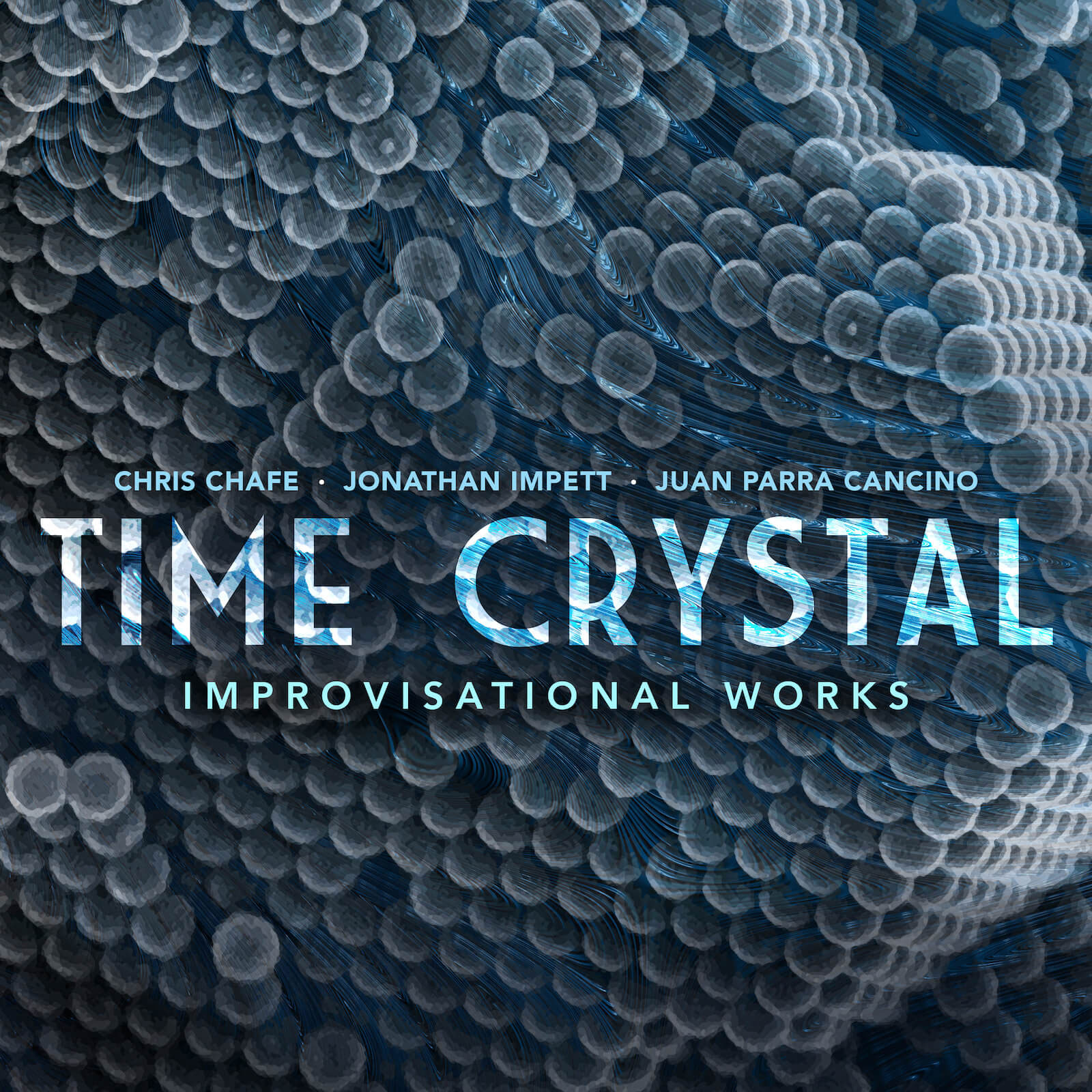Time Crystal
Chris Chafe violoncello and double bass
Jonathan Impett trumpet and electronics
Juan Parra Cancino electric guitar and electronics
The Chafe Impett Parra Trio, in partnership with Ravello Records, has released their newest album, TIME CRYSTAL. TIME CRYSTAL is a musical project like nothing you’ve ever heard before—born at the nexus of art and science, this collection of improvisational “experiments” tests the interactions between musical inputs and computer-generated responses. What listeners hear on the recording is actually a methodological documentation of a laboratory session in Ghent, during which three musicians engaged in a fluid and captivating freeform dance. TIME CRYSTAL is electroacoustic music at the very vanguard of the genre; it features violoncello, double bass, trumpet, and electric guitar, and offers listeners the chance to take part in the musical discovery.
Listen
Stream/Buy
Choose your platform
"A truly unconventional and fascinating electroacoustic project."
Track Listing & Credits
| # | Title | Composer | Performer | |
|---|---|---|---|---|
| 01 | Opal | Chris Chafe, Jonathan Impett, Juan Parra Cancino | Chris Chafe, violoncello and double bass; Jonathan Impett, trumpet and electronics; Juan Parra Cancino, electric guitar and electronics | 14:30 |
| 02 | Regelation | Chris Chafe, Jonathan Impett, Juan Parra Cancino | Chris Chafe, violoncello and double bass; Jonathan Impett, trumpet and electronics; Juan Parra Cancino, electric guitar and electronics | 8:19 |
| 03 | Sublimation | Chris Chafe, Jonathan Impett, Juan Parra Cancino | Chris Chafe, violoncello and double bass; Jonathan Impett, trumpet and electronics; Juan Parra Cancino, electric guitar and electronics | 6:49 |
| 04 | Condensation | Chris Chafe, Jonathan Impett, Juan Parra Cancino | Chris Chafe, violoncello and double bass; Jonathan Impett, trumpet and electronics; Juan Parra Cancino, electric guitar and electronics | 7:05 |
| 05 | Time Crystal | Chris Chafe, Jonathan Impett, Juan Parra Cancino | Chris Chafe, violoncello and double bass; Jonathan Impett, trumpet and electronics; Juan Parra Cancino, electric guitar and electronics | 16:50 |
All Tracks Improvised & Composed By
Chris Chafe violoncello and double bass
Jonathan Impett trumpet and electronics
Juan Parra Cancino electric guitar and electronics
Recorded January 17 and 18, 2020 at Orpheus Institute, Ghent, Belgium
Recorded, mixed, and mastered by Juan Parra Cancino
Executive Producer Bob Lord
Executive A&R Sam Renshaw
A&R Director Brandon MacNeil
A&R Quinton Blue
VP, Audio Production Jeff LeRoy
Audio Director Lucas Paquette
VP, Design & Marketing Brett Picknell
Art Director Ryan Harrison
Design Edward A. Fleming
Publicity Patrick Niland, Sara Warner
Artist Information
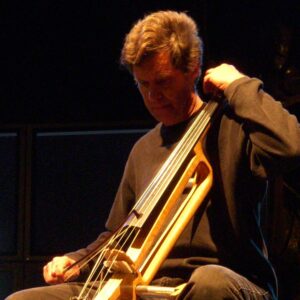
Chris Chafe
Chris Chafe is a composer, improvisor, and cellist, developing much of his music alongside computer-based research. He is Director of Stanford University's Center for Computer Research in Music and Acoustics (CCRMA). At IRCAM (Paris) and The Banff Centre (Alberta), he pursued methods for digital synthesis, music performance, and real-time internet collaboration. CCRMA's SoundWIRE project involves live concertizing with musicians the world over. Online collaboration software including jacktrip and research into latency factors continue to evolve. An active performer either on the net or physically present, his music reaches audiences in dozens of countries and sometimes at novel venues.
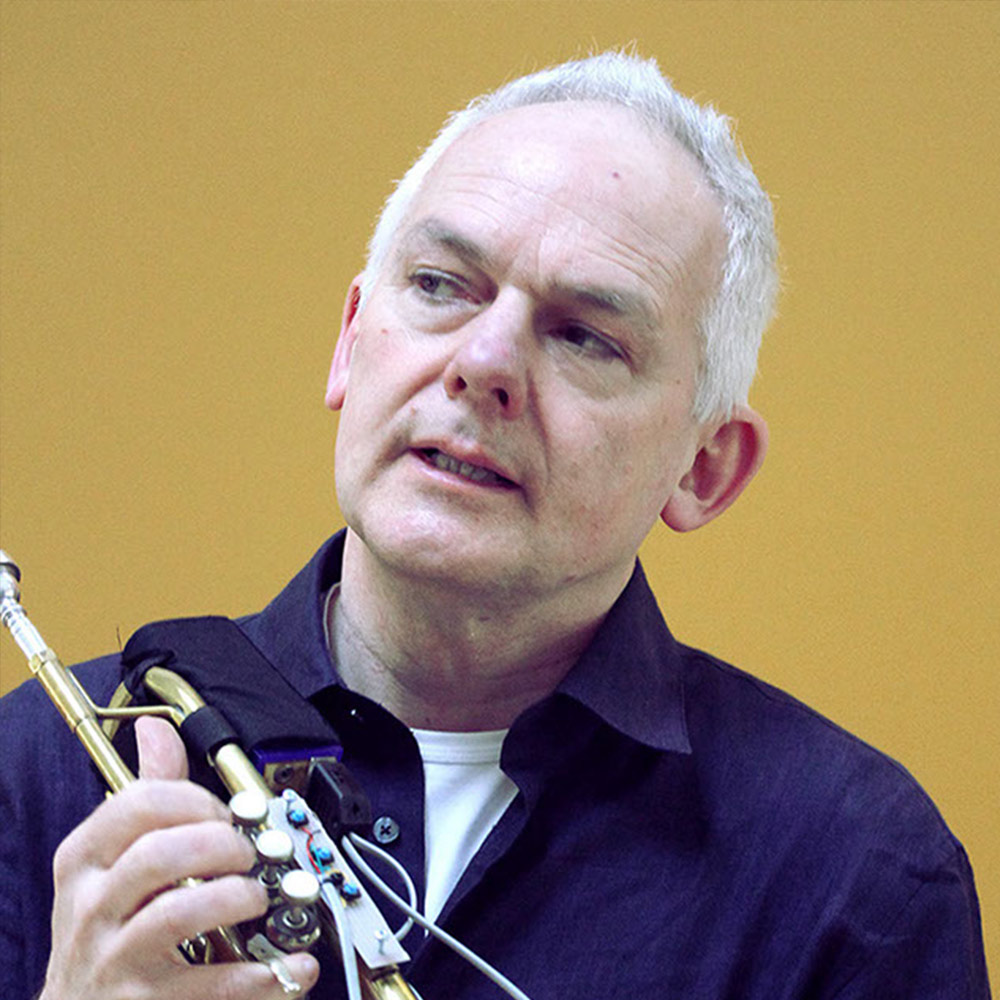
Jonathan Impett
Jonathan Impett is Director of Research at the Orpheus Institute, Ghent, where he leads the research group Music, Thought and Technology, and Associate Professor at Middlesex University, London. He is active as a composer, trumpet-player, improviser, and theorist. His work is concerned with the evolving nature of musical artefacts and practices – the reconfiguration of composition and improvisation, score and code, material and virtual, music creation and musicology.
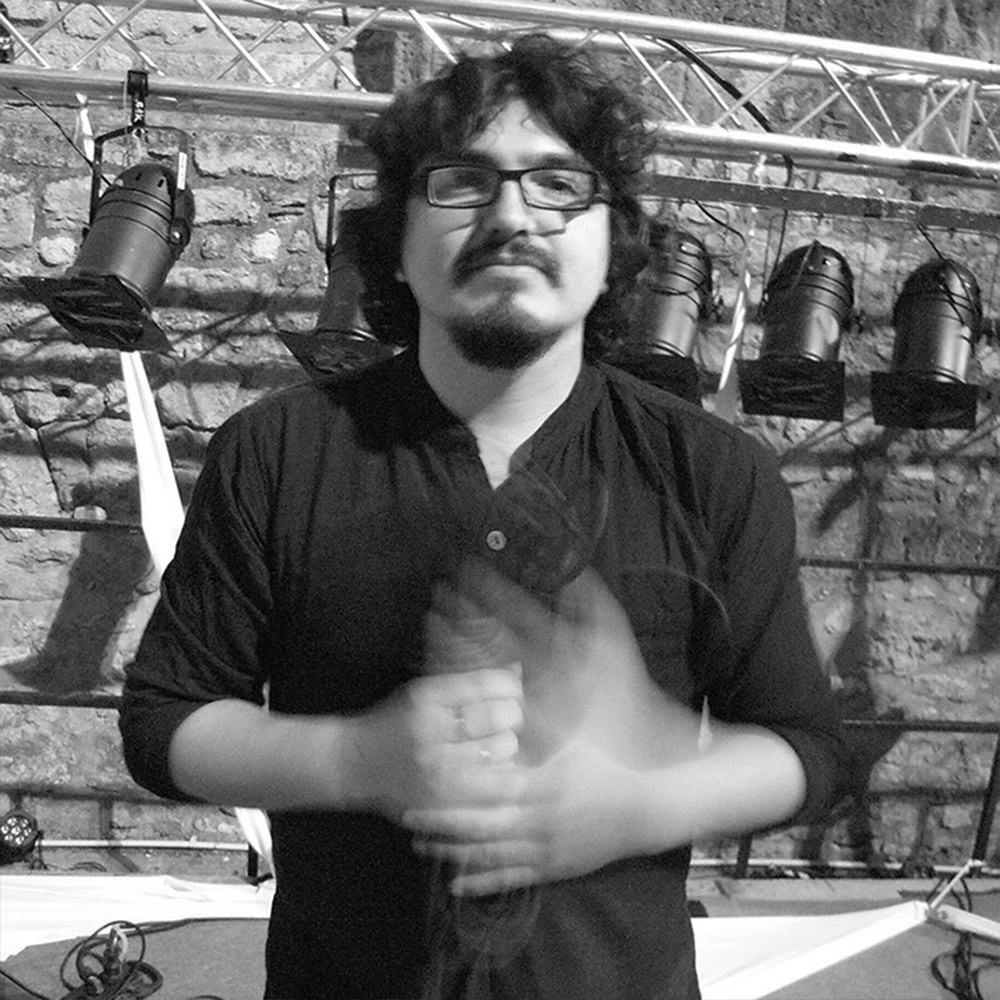
Juan Parra Cancino
Juan Parra Cancino studied Composition at the Catholic University of Chile and Sonology at The Royal Conservatoire The Hague (The Netherlands), where he obtained his Master’s degree with focus on composition and performance of electronic music. In 2014, Parra obtained his Ph.D. from Leiden University with his thesis “Multiple Paths: Towards a Performance Practice in Computer Music.”
The Stanford Center For Computer Research In Music And Acoustics
The Stanford Center For Computer Research In Music And Acoustics (CCRMA) is a multi-disciplinary facility where musicians and researchers work together using computer-based technology both as an artistic medium and as a research tool. Areas of interest span composition and improvisation, performance, hardware and software development, synthesis and analysis, physical modeling algorithms, sensors and actuators, digital signal processing, psychoacoustics and musical acoustics, music cognition and brain science, perceptual audio coding, music information retrieval, audio networking, and data sonification.
The Orpheus Institute In Ghent, Belgium
The Orpheus Institute In Ghent, Belgium has been providing postgraduate education for musicians since 1996 and introduced the first doctoral program for music practitioners in Flanders (2004). Acting as an umbrella institution for Flanders, it is co-governed by the music and dramatic arts departments of all four Flemish colleges, with which it maintains a close working relationship.
Music, Thought And Technology (MTT)
The research group Music, Thought and Technology (MTT) at the Orpheus Institute in Ghent is an international group of researcher-composer-improviser-theorist musicians engaged with artistic research. The fundamental relationships between music, thought, and technology are well established from various perspectives, but it seems timely to bring this nexus into clearer and more explicit focus.
Notes
This music was created in the context of 3 States of Wax – a project of the ‘Music, Thought and Technology’ research group at the Orpheus Institute, Ghent, Belgium.
The late philosopher of science Michel Serres drew many of his metaphors from music or from the natural world. In L’interférence (1972) he sought to identify the objects of study of modern science, and looked back to Descartes’ example of a piece of wax. Early modern science would have described it in terms of its shape, colour and texture, says Serres – geometrical description. In the later 19th and early 20th Century they would have referred to its properties of transmission of heat, of deformation and transformation – physical description. Now, he says, we would more appropriately find an informational description. We should understand it as a carrier and embodiment of knowledge: the feeding habits of the bees, the conditions of its formation, the process of its separation, the entire history of its subsequent use, handling, and environments. And in doing so we add to that history.
3 States of Wax considers improvisation in that light: how can the human and computational responses to material generated in improvisation be based not only on figural or gestural interpretations, but on an understanding of that material as embodying a broader history and environment of its emergence? In Serres’s terms, as the product of a time-based, situated modulation or interference pattern of heterogeneous sources of information?
As part of this project, Chafe joined Impett and Parra for a laboratory session in Ghent. In that context, documentation was initially a methodological tool. But here it reveals how – given a critical intensity of concentration and openness – musical structures can emerge from the exchange of energies and information. Following Serres, we likewise understand this particular encounter in terms of natural materials. In Opal, the amorphous structure is sometimes opaque, sometimes punctuated by patterns of particular colour or regularity. Three kinds of transition or transformation follow: the melting and refreezing of materials as they pass between states of fluidity and stability, the transformation of stable materials into gaseous, noisy states, and the passage from noise into fluid, responsive fluidity. The final title attests to the state of such a recording as a stable, fixed embodiment of earlier, highly unstable dynamics that have their own inner temporality – the process of three musicians learning and responding to the others’ behaviours.
